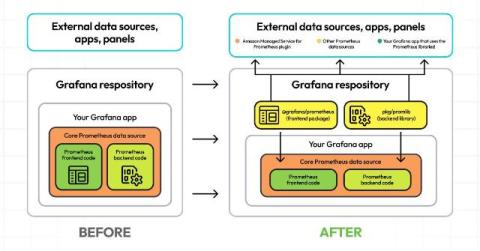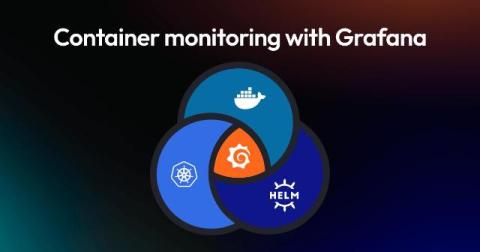Key Prometheus concepts every Grafana user should know
Prometheus has become an essential technology in the world of monitoring and observability. I’ve been aware of its importance for some time, but as a performance engineer, my experience with Prometheus had been limited to using it to store some metrics and visualize them in Grafana. Being a Grafanista, I felt I should dig deeper into Prometheus, knowing it had much more to offer than just being a place to throw performance test results.











